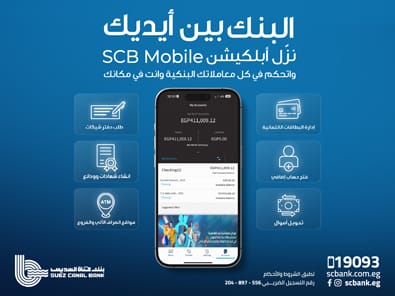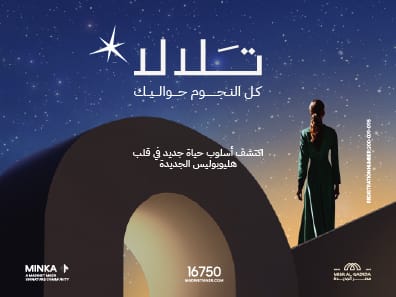1. Introduction: The Symbolism of Wind in Cultural Narratives and Interactive Media
Across civilizations and eras, wind has been a persistent and powerful symbol. From the rustling leaves in ancient Greek myths to the whispering breezes in Asian folklore, wind embodies an array of profound meanings. It is a universal motif that transcends cultural boundaries, representing forces beyond human control, the passage of time, and the dynamic nature of life itself.
In modern storytelling and gaming, wind continues to resonate. It often signifies change, freedom, and unseen forces influencing characters and narratives. As technology advances, these symbolic themes are integrated into immersive experiences, enriching player engagement and narrative depth.
Contents
2. The Educational Significance of Symbols in Storytelling and Games
Symbols like wind serve as powerful tools in narrative construction. They deepen storytelling by adding layers of meaning that evoke emotional responses. For example, a gust of wind might symbolize a sudden change or awakening, helping audiences intuitively grasp complex themes without explicit exposition.
Metaphors and allegories built around wind facilitate understanding of abstract concepts such as transformation, freedom, or destiny. In interactive media like games, wind symbols can visually represent movement, transition, and power, guiding player perception and decision-making.
| Symbol | Narrative Function |
|---|---|
| Wind | Signifies change, unseen forces, and movement |
| Breeze | Represents subtle shifts and hope |
| Storm | Embodies chaos, conflict, or transformation |
3. Wind Symbols as Narrative Drivers in Literature and Media
Classical literature frequently employs wind to foreshadow events or reflect characters’ inner states. For instance, in Shakespeare’s The Tempest, the wind is a literal and symbolic force that drives the plot and character interactions, embodying the unpredictable nature of fate.
In visual arts and cinema, wind is used to evoke atmosphere or hint at future developments. Films like The Wizard of Oz utilize wind to symbolize transition from one world to another, reinforcing the motif of movement and change.
Transitioning into digital storytelling, wind motifs are integrated into interactive narratives. Virtual environments can simulate wind effects to immerse players, creating a seamless blend of traditional symbolism with modern technology. For example, in aiko and the wind spriit, wind symbols are woven into gameplay to enhance storytelling depth.
4. The Mechanics of Wind Symbols in Game Design
In game design, wind influences mechanics in various ways. It can introduce elements of unpredictability, affect movement, or trigger special features. Developers often incorporate wind-related symbols to create dynamic gameplay experiences that mirror the symbolic themes of change and power.
Examples include:
- Random Chance: Wind can serve as a random factor, affecting outcomes in slot machines or RNG-based games.
- Special Symbols: Wind symbols may activate bonus rounds or unlock hidden features.
- Bonus Triggers: Wind-related events, like gusts or storms, can initiate bonus gameplay, adding excitement and anticipation.
These mechanics influence player psychology by fostering a sense of unpredictability, making gameplay more engaging and emotionally resonant.
5. Case Study: aiko and the wind spriit as a Modern Illustration
This game exemplifies how wind symbols can serve as narrative drivers. The Wind Spirit character embodies the unseen yet influential force of change, guiding players through a story centered on transformation and discovery.
Wind symbols are woven into gameplay features like Featurespins and Spirit symbols, which activate during specific game moments. These mechanics not only enhance visual appeal but reinforce the motif of movement and transition, echoing traditional symbolism in a contemporary context.
Educationally, the game communicates that unseen forces, like wind, can bring about profound change—an allegory for personal growth and resilience.
6. Enhancing Player Experience Through Wind Symbol Mechanics
Wind-related features such as Bonushunt Featurespins and FS symbols create a dynamic and unpredictable gameplay environment. These mechanics generate anticipation, encouraging players to remain engaged and hopeful, mirroring the symbolic association of wind with luck and transformation.
The sensation of being carried by the wind, in a metaphorical sense, helps players feel a sense of liberation from routine, fostering excitement and emotional investment in the game’s narrative journey.
7. Non-Obvious Aspects of Wind Symbols in Stories and Games
Culturally, wind’s symbolism varies: in some societies, it signifies destruction (e.g., tornadoes in American folklore), while in others, it stands for spiritual renewal (e.g., the breath of life in Hindu traditions). Recognizing these differences enriches storytelling and game design by fostering cultural sensitivity and depth.
Psychologically, wind imagery can evoke anticipation, hope, or even anxiety, depending on context. For instance, a gentle breeze may symbolize calm and promise, whereas a fierce storm may represent upheaval or challenge.
Furthermore, subtle wind mechanics—such as slight gusts influencing gameplay—can shape narrative flow and player perception without overtly drawing attention, adding layers of meaning and immersion.
8. The Future of Wind Symbols in Interactive Media
Emerging trends include augmented reality (AR) experiences where virtual wind interacts with real-world environments, blurring the lines between fiction and reality. Such innovations could deepen the symbolic significance of wind, making it an even more visceral experience.
Technological advancements also enable dynamic environmental effects, like real-time wind simulations in games, enhancing immersion and storytelling richness. These developments support educational goals by illustrating natural forces in engaging ways.
Integrating natural symbols like wind into interactive media underscores their enduring relevance, fostering greater awareness of environmental and cultural themes among players and audiences.
9. Conclusion: The Power of Wind Symbols to Transform Stories and Player Experiences
Wind, as a symbol of unseen forces and change, holds a timeless appeal that continues to inspire storytellers and game developers. Its ability to convey movement, transition, and power makes it an invaluable narrative device.
Thoughtful integration of wind motifs enhances storytelling depth and emotional engagement, whether through classic literature, visual arts, or cutting-edge digital experiences. As demonstrated by modern examples like aiko and the wind spriit, these symbols help bridge traditional allegory with contemporary entertainment, fostering understanding and reflection.
“Wind reminds us that unseen forces can shape our destiny—both in stories and in life.”
Ultimately, wind symbols serve as a reminder of the profound connection between natural phenomena and human storytelling, transforming experiences into meaningful journeys of growth and discovery.
الرابط المختصر: https://propertypluseg.com/?p=154602






















